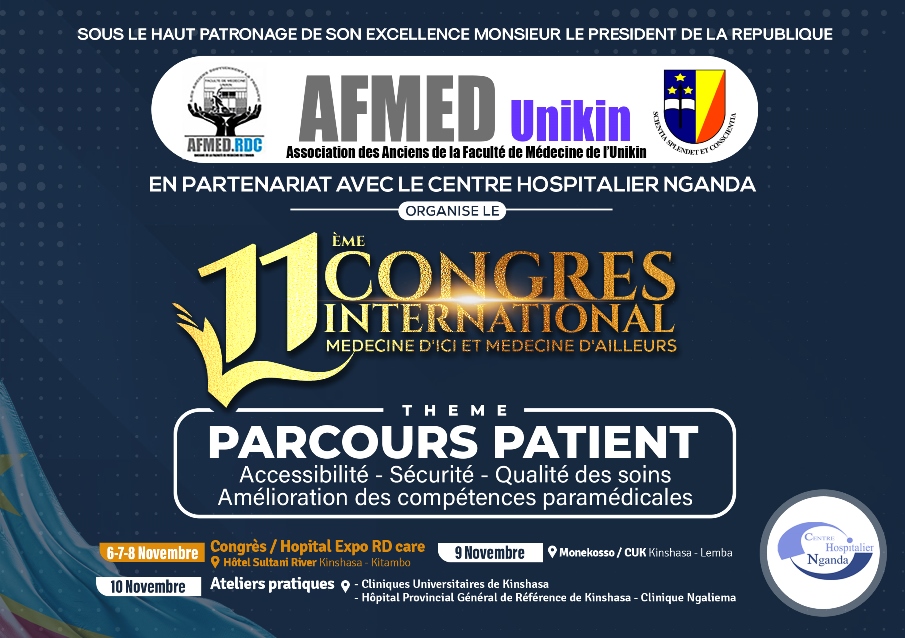Emmanuel Bakilo LimboleCorrespondence information about the author Emmanuel Bakilo Limbole1,Email the author Emmanuel Bakilo Limbole, Julien Magne1, Philippe Lacroix1
Abstract
Background
Stroke is the second cause of death worldwide and over than 80% of deaths occurs in developing countries. However, its characteristics in the Democratic Republic of Congo (DRC) are poorly defined. This study aimed to describe the key features of stroke in a hospital population of Kinshasa in DRC and to assess the frequency of cardiovascular risk factors and their impact on target organs.
Methods
A descriptive study was carried out from three hospitals in Kinshasa between January and April 2013. Cardiovascular risk factors, clinical and biological data were collected during the study period. The study involved 166 patients aged 18 years and over.
Results
The mean age of patients was 59.6 ± 12.3 years, the sex ratio for male of 1.9. Stroke was ischemic in 66% of cases. Hypertension was the most frequent cardiovascular risk factor (84.3%), followed by high blood cholesterol (45.2%).The etiologies of ischemic stroke (TOAST classification) were dominated by lacunas (38.5%) and embolic heart diseases (12.8%). The origin was unknown in 45.9% of cases. Coma was observed in 37% of patients on admission and was the main independent prognostic factor of mortality, which was 19.3%. Left ventricular hypertrophy and renal failure were found respectively in 64.7% and 34% of patients.
Conclusion
This study found a growing increase of ischemic stroke in a society where hemorrhagic type used to be the most common, a high rate of hypertension, hypercholesterolemia and diabetes, indicative of a fast epidemiological transition.









